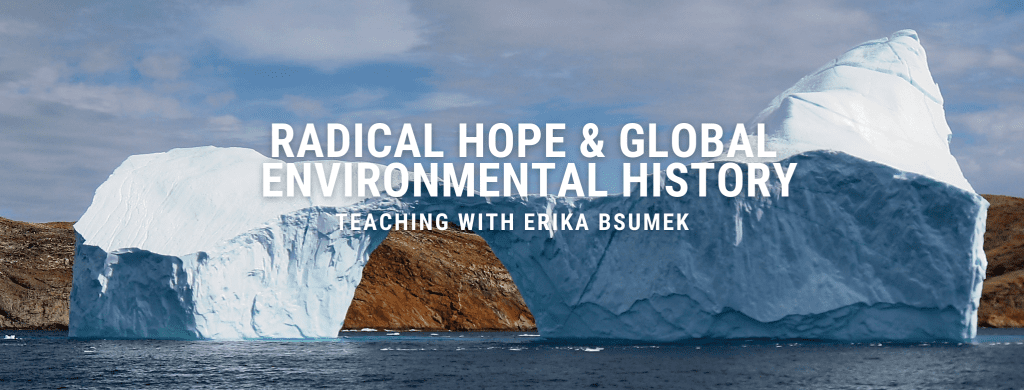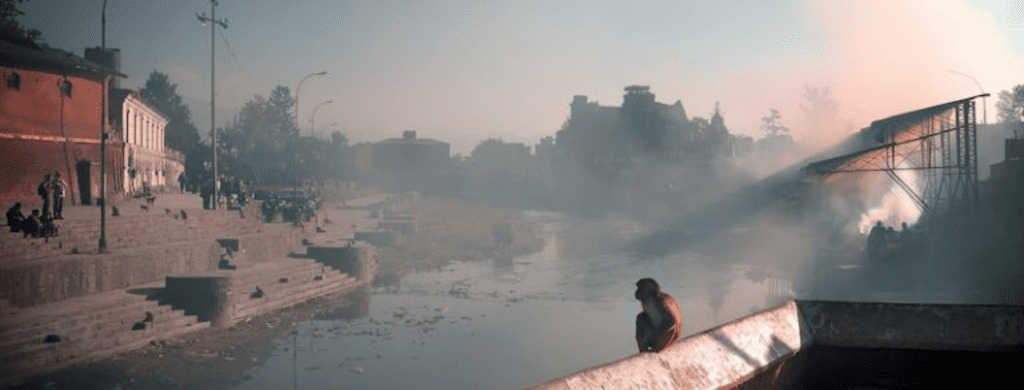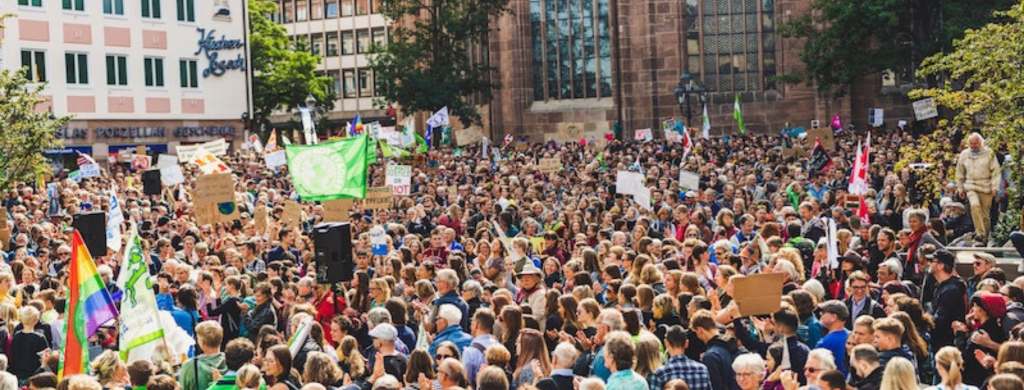
In Spring 2021, Dr. Erika Bsumek will once again be teaching HIS 350L – Radical Hope and Global Environmental History, a course based on the highly successful Radical Hope Syllabus. The course description is as follows:
This class is a Global Classroom course. That means we will meet with students from Queens University in Belfast for at least 1 hour every other week. The idea for this course grew out of the Radical Hope Syllabus Project, which Dr. Barry (Queens University) and Dr. Erika Bsumek spearheaded. This course addresses the history of global environmental issues by using a customized version of the syllabus to introduce students to a cross-disciplinary approach in order to better understanding global environmental issues ranging from polluted air that hinders healthy living to the construction of mega-dams in the American Southwest to help with drought. Other topics will include, but are not limited to, a unit on poetry and the environment as well as an analysis of contemporary governance related to efforts to rebuild communities in Nepal after the devasting earthquake that hit there in 2015.
By and large, each section of the syllabus was designed by a scholar, activist, or artist who conducted original research or had first-hand experiences related to the issues they address. Students will read and analyze material from specific units on the syllabus, engage in cross-classroom discussions with their peers in Belfast, write papers, blog posts, and work in groups to create a new unit of the “radical hope” syllabus. As they work they will develop a timeline of a particular problem using ClioVis.org (digital timeline software developed here at UT) and come up with their own assessment of how the concept of Radical Hope can better help us understand global environmental history and the future of sustainability. Students will conduct individual research on a specific an area of interest to them and produce longer research project.
This course is designed around a key question: What is “radical hope” and how is it (or can it be) related to the environment, climate change, or the anthropocene? Students will examine different perspectives on radical hope from variety of individuals, from across the globe, and who represent different disciplines. They will explore and exchange ideas on that renewable and essential resource: hope. Hope is a resource that is often sadly, and noticeably, lacking in academic and popular conversations on the dominant framing of the anthropocene in terms of the overwhelming ecological crises, pragmatic pessimism, cognitive dissonance, climate denialism and scientific realism we face every day. The class will not simply offer soothing narratives of “techno-optimism” or support the idea that a slight “greening” of “business as usual” — overseen by various experts — will somehow see us through our current crisis. We are interested in pushing students to determine how the concept of hope can help us reframe contemporary discussions, and influence sustainability transformations.
Adding to the syllabus
Group Project Description: Students collaborate with their peers in Austin and in Belfast. Together they design a unit of the syllabus.
Students ask, “What’s missing from the syllabus?” The group will come up with a proposal to identify and address a gap in the syllabus. You will then, as a group, source a section of the syllabus to fill that gap. Each new unit must be built around a specific topic, include an introductory abstract to that unit, a definition of Radical Hope, and a list of resources that anyone wishing to learn more would utilize. (Students can also make an optional Cliovis Timeline related to your section of the syllabus that can be embedded in the website. Making these as a group will also help familiarize you with the software before your paper is due. ClioVis.org. You will need to work on this section with QU students prior to the end of their semester.)
Here are examples of some of the new units created by students last year.

Sustainable Computing: Reframing Our Relationship to Technology and the Environment
By Anushree Biradar, Aimun Khan, Lucy Li, and Annanya Chaturvedi
One of the defining features of the 21st century is our ever-growing reliance on technology. There were 4.39 billion Internet users in 2019, and that number is growing exponentially. As the Internet grows, so does its growing impact on our planet. For some, computation acts as a gateway to worlds that were not previously accessible. For others, it represents a rising fear of globalization and automation displacing their ability to work and earn a living...Analyzing our relationship to technology can also help give us insight into how our relationship to the environment has also changed over time. Historically, technology has been used as a force to further globalized capitalism’s expansion without regard for the environment. However, movements away from pure techno-optimism show that technology’s disruptive ability to challenge status quo ways of life can be repurposed towards more sustainable alternatives to hyper-consumerism.
Continue Reading…

From Green Living to a Green Death
By Noe Godinez
We have yet to collectively live a better green life. While we have achieved some small steps towards this noble objective, we should not be confined to a tunnel vision focused solely on our actions during this life. We need to consider environmentally-friendly ways of being dead as well…There is a slow-growing movement for a more nature-friendly approach to burial. The goals of a green burial are to reduce or even eliminate the harmful practices or effects of current burials. Cremations are a primitive version of green burials. They do not require the harmful chemicals or resources of standard burials; however, they do rely on the burning of fossil fuels. While cremation is far from perfect, it goes to show we are capable of greener approaches to death.
Continue Reading…

Inspiring Collective Action?
By Sarah Freytag, Aimee Morales, Amy Akins
Inspiration can only get us so far. For a novelist, inspiration provides the idea, but without the writer’s hands on the keys every day there is no novel. To achieve any goal, a combination of motive and follow-through are required—environmentalism is no exception to this rule. For this unit we asked how, in regard to protecting and sustaining the environment, we could progress from inspiring sympathy to inspiring action. What are the ingredients in a successful social and scientific movement? How does a movement inspire significant collective action? Does it appeal to a collective conscience or the conscience of every individual? What role do inspirational public figures in the media play, and do they spur on effective action? What can we do to participate in collective action? Because this is a unit of many questions and debates, our unit theme itself is not only a topic but an open challenge to think critically.
Continue reading…

Trendy Environmentalism
By Cameron Ayles, Ajah Davis, Sarah Roytek, and Taryn Shanes
Trendy environmentalism complicates the environmental narrative. Sustainable products have come onto the scene in recent years as ‘green’ and ‘ethical’ alternatives to the products all around us. Companies large and small promote their environmental image as a way to attract customers. The drive to adopt sustainable trends is thus, at least in part, rooted in a deeper interest in expanding the consumer base—a potentially troubling development for the environment at large…In order to truly induce tangible change, there must be a collective effort on the part of our designers, producers, investors, consumers, and politicians to stay true to environmental trends. From the straws through which we sip to the buildings we build, it is important for a product to respond to contemporary and future environmental and social needs, not just to private capital.
Continue Reading…



